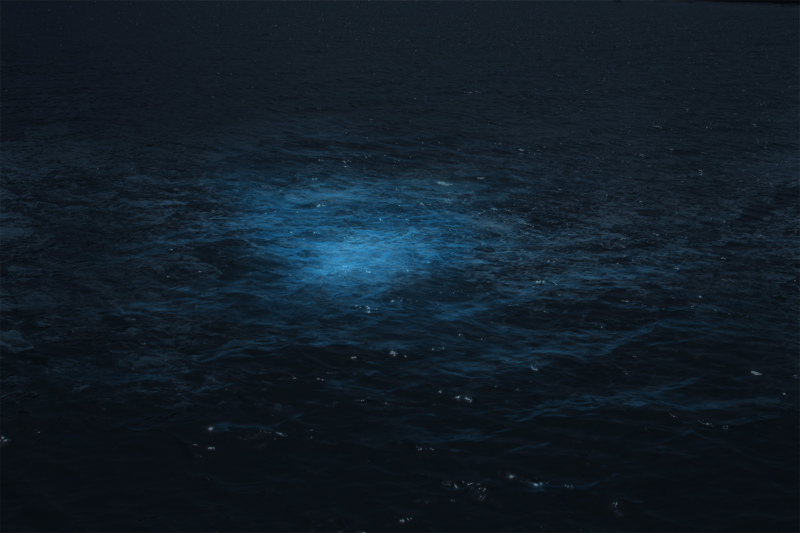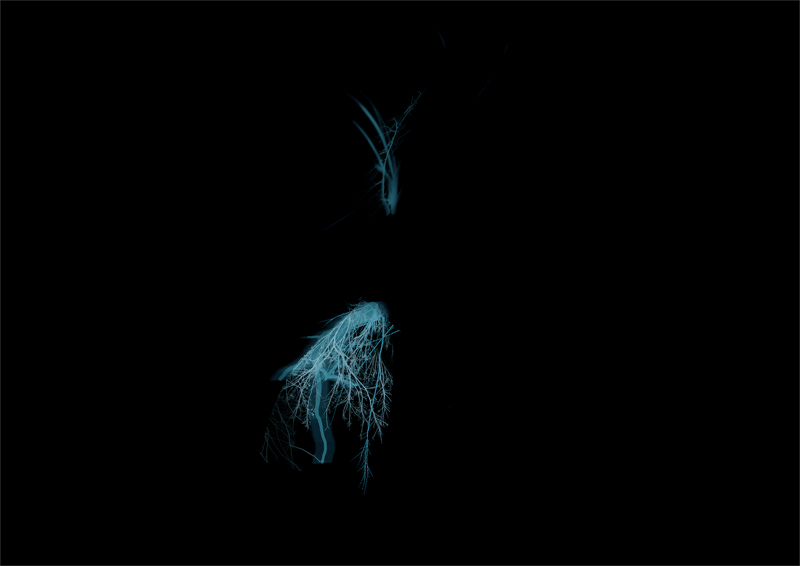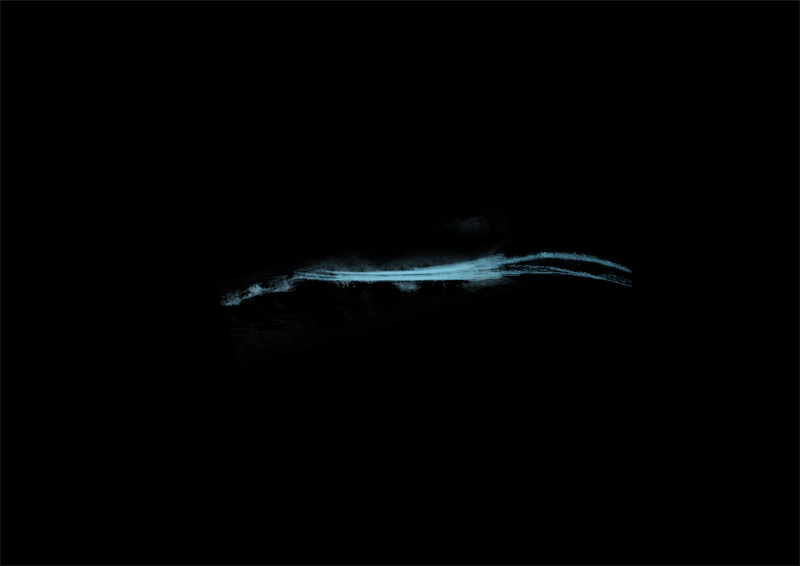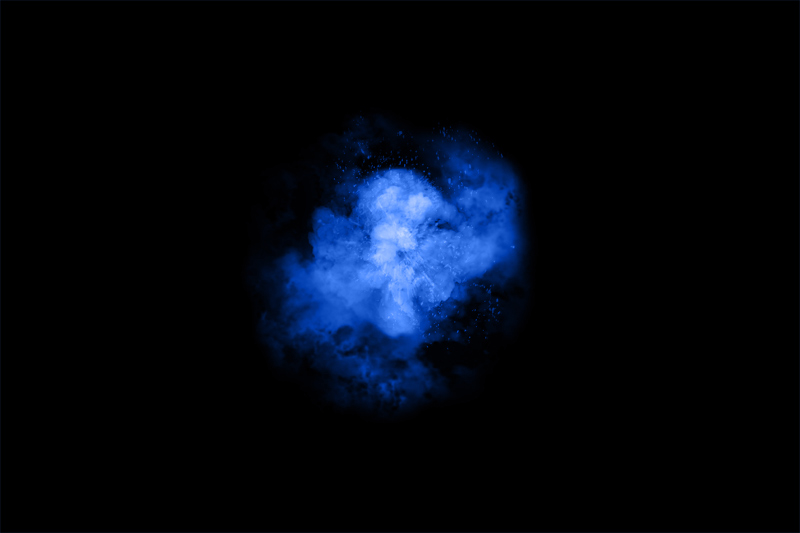All images by the ICZ
File 232:
Hoya Ameisenhaufen
posted by Matsuo, on 11/08/2009
Between 1955 and 1961, Dr Hiyo Ameisenhaufen (Dr Peter Ameisenhaufen as he is known in other sources), after his alleged disappearance, visited The AMSL - Akajima Marine Science Laboratory and pioneered an important seminal work on the study of bio-luminousity of deep sea creatures. During that period, he made a total of 3,000 images working under the auspices of the University of Akajima, the former Marine Biological section of the ICZ. They were published as 45 plates comprising 350 photographs in a collection titled The Blue Seas.
What is of interest here are the unclear origins of Dr Ameisenhaufen’s biographical materials.
 Firefly Squid surfacing off Toyama Bay, The Blue Seas. Japan. 1958. Hiyo Ameisenhaufen.
Firefly Squid surfacing off Toyama Bay, The Blue Seas. Japan. 1958. Hiyo Ameisenhaufen.
This is the record found in the archives of the ICZ. On 9th August 1955, a whaling ship sailing off the coast of Northern Scotland discovered someone clinging on to a piece of drift wood. They pulled him onto the ship and continued their journey back to Japan. The person remained unconscious for seven days and when he recovered, he was suffering from amnesia. An English translator, Akira Endo, managed to find a photograph with the word “Ameisenhaufen” written on the back of it in the stranger’s pocket. In the paperwork documenting Ameisenhaufen’s rescue, Endo wrote down “Hiyo Ameisenhaufen” as his name. The former was taken from the name of the ship which was picked up Ameisenhaufen, the Hiyo Maru.
Ameisenhaufen remembered little of his past. He could only remember he was involved with marine biological research when his boat was capsized by strong waves. He was later enlisted to join the AMSL’s research team as a research assistant because of his strong interest in marine science. In just a period of a year in the institute, he was able to show his excellent zoological knowledge and sensibilities in zoological observation. He quickly gained favour amongst his colleagues and became the head of research for deep marine species.
European sources indicate that (Peter) Ameisenhaufen was born in Munich. The most widely known and accepted source comes from Joan Fontcuberta and Formiguera in their book ‘Fauna’ which gives a comprehensive survey of Ameisenhaufen’s life until the 1954, the year he allegedly joined the AMSL.
The following is a statement which Endo took on board the Hiyo Maru when Ameisenhaufen regained consciousness.
Akira Endo What is your name?
Hiyo Ameisenhaufen I do not remember.
Akira Endo You are on-board the Hiyo Maru and we are heading towards Japan. We found you off the coast of Scotland. Do you know where you come from? What were you doing in the sea?
Hiyo Ameisenhaufen (Subject does not speak)
Akira Endo Is this your photograph?
Hiyo Ameisenhaufen I am not sure.
Endo hands Ameisenhaufen a mirror.
Akira Endo Is that you in the photograph? I found this photograph on you. Is your name Ameisenhaufen? That is what is written at the back of the photograph.
Hiyo Ameisenhaufen I am not sure. I may look like the person in the photograph but I do not remember.
Akira Endo I am telling you that you are Ameisenhaufen, that is the truth. We found you in the sea. You must believe me and what you see. Look carefully at the photograph.
Hiyo Ameisenhaufen I do not believe what I see, I only believe what is real. I may look like the person in the photograph but I do not know that yet. I have forgotten many things.
Akira Endo Your name is Ameisenhaufen and that is the truth.
Hiyo Ameisenhaufen For all I know, you might be right.
Akira Endo, Hiyo Maru’s log, 18th August 1955.
Translated by Akira Endo, 2001
 Deep Sea Parrotfish, The Blue Seas. Japan. 1958. Hiyo Ameisenhaufen.
Deep Sea Parrotfish, The Blue Seas. Japan. 1958. Hiyo Ameisenhaufen.
 Dragonfish, The Blue Seas. Japan. 1958. Hiyo Ameisenhaufen.
Dragonfish, The Blue Seas. Japan. 1958. Hiyo Ameisenhaufen.
In 1987, Spanish artists Joan Fontcuberta and Pere Formiguera found the archive of Dr. Ameisenhaufen. After further research, they learned that his discoveries, which document what appears to be many previously-unknown, bizarre genetic mishaps, had provoked great debate and controversy during his time.
The archives contain his photographs, radiographs, outdoor sketches, maps, zoological cards, texts, sound, and evidence of the existence of some rather monstrous beasts.
As one archivist put it: “This modern-day bestiary seems every bit as ridiculous as medieval folklore, and all the more unconvincing as the images seems to bear a patronizing witness to a possibility as much as the reality of a Loch Ness monster. How then should we (ICZ) look at the work of Ameisenahufen today?” (Hideki Shirakawa, Tokyo)
The ICZ is able to confirm that Hiyo Ameisauhaufen was indeed the missing Peter Ameisauhaufen.
 Smooth Nylon Shrimp Defense, The Blue Seas. Japan. 1958. Hiyo Ameisenhaufen.
Smooth Nylon Shrimp Defense, The Blue Seas. Japan. 1958. Hiyo Ameisenhaufen.
References
F, Pere & Fontcuberta, J. (1988) Fauna. Spain. Photovision.
Copyright 2010, Institute of Critical Zoologists